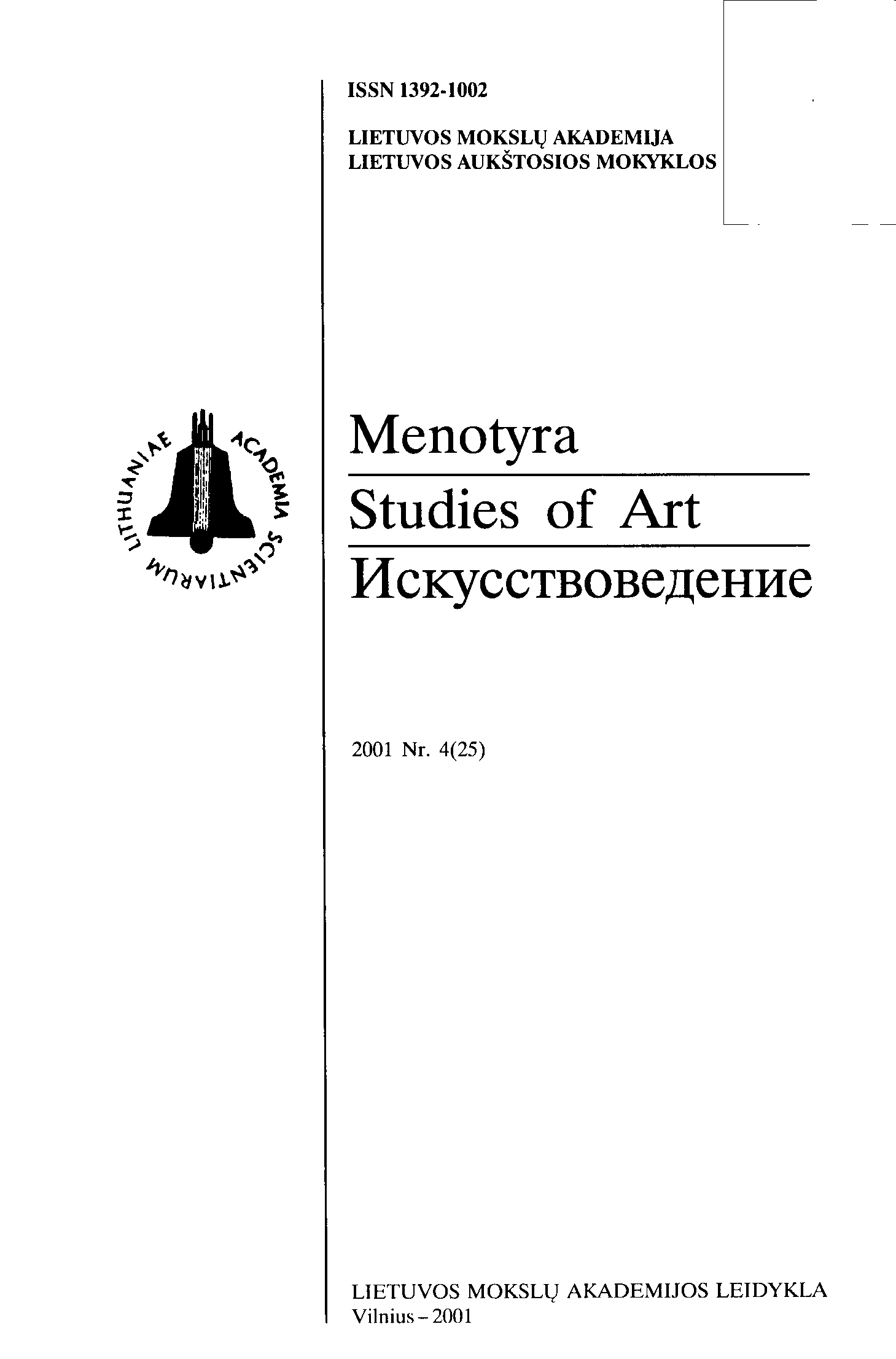Modernioji ir šiuolaikinė taikomoji dailė muziejuose
Modern and contemporary applied art in museums
Author(s): Rūta PileckaitėSubject(s): Museology & Heritage Studies, Visual Arts
Published by: Lietuvos mokslų akademijos leidykla
Summary/Abstract: Modern and contemporary applied art in Lithuania still lacks its thorough investigation. To date, the greatest attention was paid to its coherent laws of stylistic evolution. The aim of this article is to analyze the tendencies of museumification of modern and contemporary crafts. By way of comparison between different models of West European and Nordic museums an attempt is made to unfold the major principles which serve as the basis for the accumulation of modern and contemporary craft collections and for the realization of exhibition programs.In the Baltic countries the applied art museums orient their activities to the representation of the national heritage and national modern culture, whereas in the majority of other European countries collections are amassed bringing out not only a local, but also a wider international context of this sphere. The Museum of Art and Design in Ghent (Belgium), apart from works by local artists, collects those by worldwide prominent artists. On the other hand, Nordic museums such as Röhsska Museum of Arts and Crafts in Gothenburg (Sweden) concentrate their work on the reflection of regional tendencies. The fourth, though least popular but promising way indeed, is followed by the Stedelijk Museum in Amsterdam: modern and contemporary applied art is collected and shown alongside the 20th-century fine art. It is not the specialization of museums, but rather a contrary aspiration for integration that should serve as a stimulus to orient the activities of the Lithuanian Art Museum, directing its exhibition programs towards the analytical projects composed of the collections from different museum departments. A search for mutual contacts between applied and fine arts could make it possible to perceive them not as separate spheres, but as part of common processes peculiar to contemporary culture on the whole.
Journal: Menotyra
- Issue Year: 2001
- Issue No: 4(25)
- Page Range: 65-69
- Page Count: 5
- Language: Lithuanian

